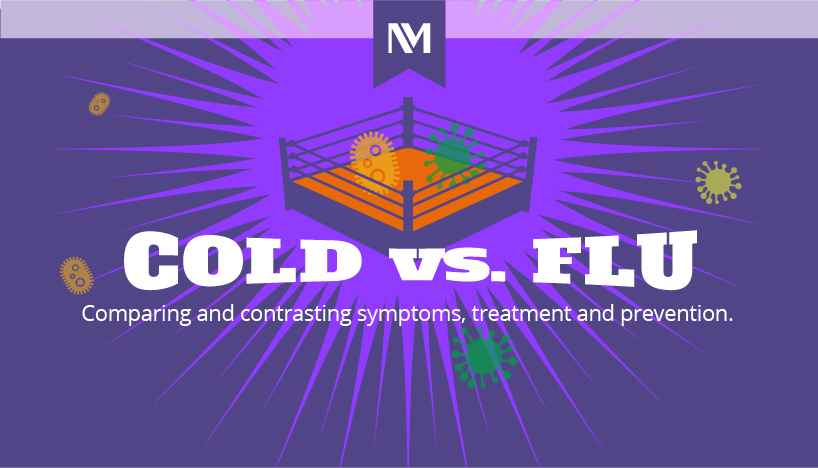Causes and Diagnoses
Causes and Diagnoses of Rhinitis
The most common causes of both allergic and non-allergic rhinitis are environmental irritants.
For allergic rhinitis, those irritants may include:
- Pollen from trees, grass, flowers and weeds
- Dust mites
- Animal dander
- Mold
- Cockroach waste
For non-allergic rhinitis, irritants may include:
- Smoke
- Perfume
- Chemical fumes
- Alcohol
- Spicy food
- Temperature or humidity changes
- Medications, including:
- Aspirin
- Ibuprofen
- High blood pressure medications
- Sedatives
- Antidepressants
- Oral contraceptives
- Drugs used to treat erectile dysfunction
- Hormone changes
Risk factors that make it more likely you’ll develop rhinitis include:
- Long-term exposure to environmental irritants
- Long-term use of nasal sprays
- Being pregnant or undergoing hormonal changes
- Prolonged stress
- Other conditions, such as hypothyroidism and chronic fatigue syndrome
- Being older than 20 years of age
Diagnosing rhinitis
If seasonal or allergic rhinitis is expected, your physician may recommend allergy tests to determine what irritants will trigger a reaction. Allergy tests may include skin tests or blood tests.
Non-allergic rhinitis is often diagnosed when allergies have been eliminated as a cause. Your physician may also want to rule out other causes, such as a deviated septum or nasal polyps. Imaging tests may include:
- Endoscopy: An endoscope (a thin, flexible tube with a light and camera on the end) is inserted through your nostrils and progressed through your nasal passages and sinuses.
- Computed tomography (CT) scan: This test combines X-ray and computer technology to produce detailed cross-sectional images of your sinuses.



